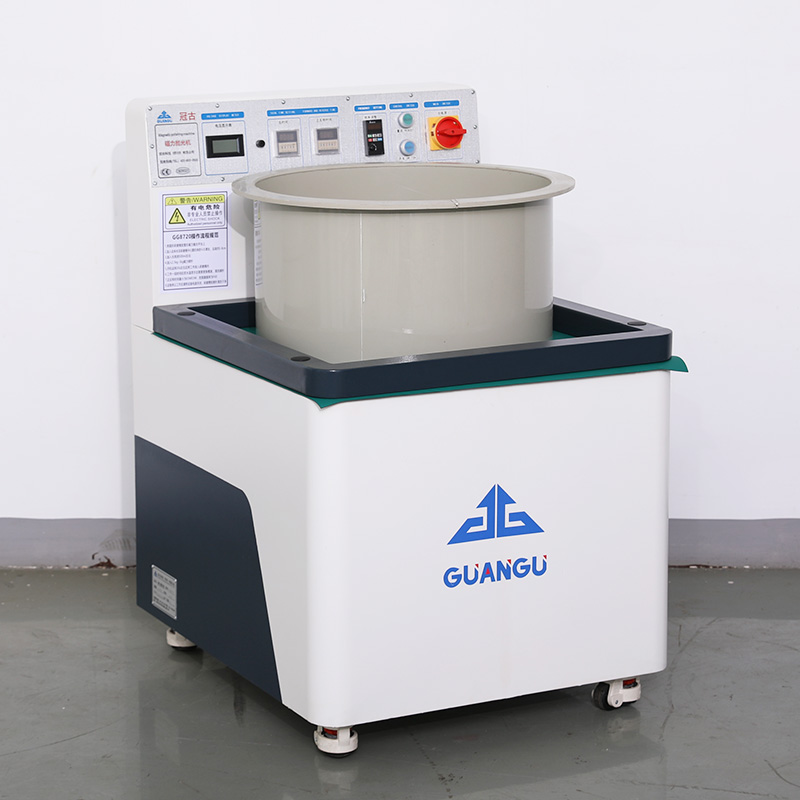The polishing and deburring methods for turning aluminum parts play an important role in improving production efficiency and product quality. This article will introduce specific methods for polishing and deburring turning aluminum parts, including process flow, required materials and equipment, as well as specific operation methods for each step. At the same time, some tips and precautions will be shared, and practical application cases will be analyzed.

1、 Method Introduction
The main methods for polishing and deburring aluminum parts in turning include mechanical polishing, chemical polishing, and electrochemical polishing. Mechanical polishing is the process of grinding and polishing the surface of aluminum parts using tools such as grinding and polishing machines to meet the requirements of surface smoothness; Chemical polishing is the process of using chemical etchants to corrode the surface of aluminum parts to meet the requirements of surface smoothness; Electrochemical polishing is the process of polishing the surface of aluminum parts through anodic oxidation reaction in the electrolyte, which has the advantages of good polishing effect and high efficiency. In actual production, suitable polishing and deburring methods can be selected according to specific requirements.
2、 Skills sharing
- Select appropriate materials and equipment: During the polishing and deburring process of turning aluminum parts, appropriate materials and equipment should be selected, such as selecting aluminum alloy materials with uniform texture, stable polishing machines and wheels, to ensure the polishing and deburring effect and production efficiency.
- Control polishing parameters: During mechanical and electrochemical polishing processes, polishing parameters such as pressure, temperature, time, etc. should be controlled to achieve better surface quality.
- Optimization of chemical etchant formula: During the chemical polishing process, it is necessary to optimize the chemical etchant formula based on the material and surface quality requirements of aluminum parts to improve polishing efficiency and surface quality.
- Avoid operational errors: During the polishing and deburring process, operational errors may cause scratches, damage, and other issues on the surface of aluminum parts. Therefore, it is necessary to pay attention to operational details, such as correct use of equipment and polishing wheels, control of polishing pressure and time, etc.
3、 Case analysis
In order to better illustrate the application effect of the polishing and deburring method for turning aluminum parts, we selected a practical application case for analysis. In order to improve the surface quality and production efficiency of engine components, a certain automobile manufacturing enterprise has adopted a mechanical+electrochemical polishing deburring method. The specific process is as follows:
- Mechanical polishing stage: Select aluminum alloy material with uniform texture, and perform cutting processing through a lathe to preliminarily form the required shape and size of engine components; Then use a mechanical polishing machine to grind and polish the surface of the aluminum parts to remove surface burrs and scratches.
- Electrochemical polishing stage: On the basis of mechanical polishing, the aluminum parts are placed in the electrolyte and further polished on the surface through anodic oxidation reaction, making the surface smooth as a mirror.
- Post processing stage: Clean and inspect the surface quality of aluminum parts to ensure compliance with production quality requirements.
By using mechanical and electrochemical polishing to remove burrs, the company has successfully improved the surface quality and production efficiency of engine components. Specifically, the mechanical+electrochemical polishing deburring method has more advantages than traditional single mechanical polishing methods, such as higher polishing efficiency, more stable surface quality, and lower cost. At the same time, this method is easy to achieve automated production, which is beneficial for reducing labor costs and improving production efficiency.
4、 Summary
The polishing and deburring method for turning aluminum parts plays an important role in improving production efficiency and product quality. This article introduces specific methods such as mechanical polishing, chemical polishing, and electrochemical polishing, and shares some tips and precautions. By analyzing practical application cases, the advantages and applicability of this method in fields such as automotive manufacturing are demonstrated. In summary, the application of polishing and deburring methods for turning aluminum parts can effectively improve the surface quality and interchangeability of aluminum parts, which is beneficial for improving product quality and market competitive advantage.









You must be logged in to post a comment.